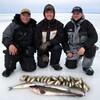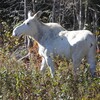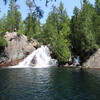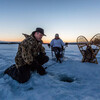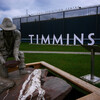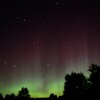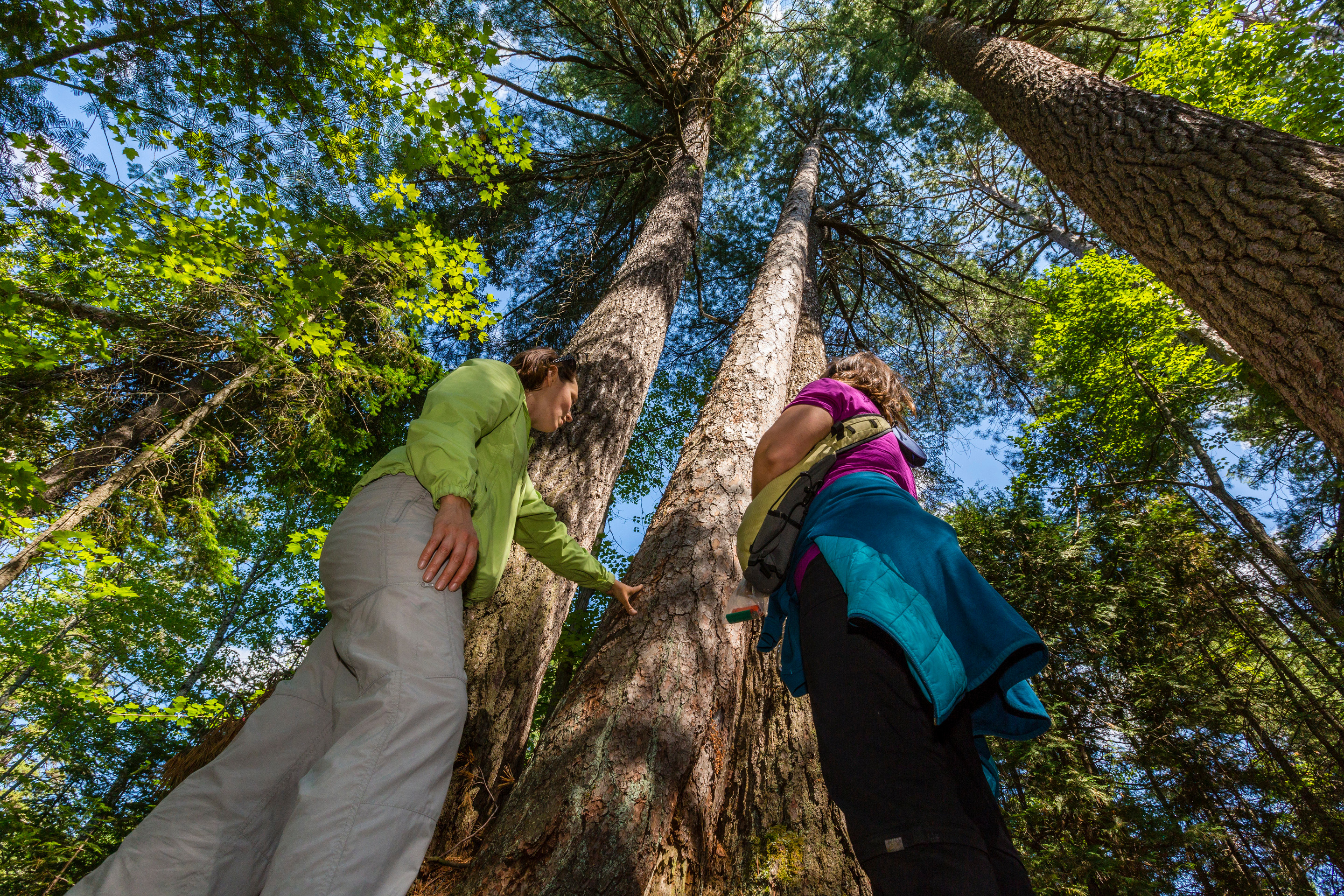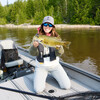The Temagami Fire Tower and the Story of Grey Owl
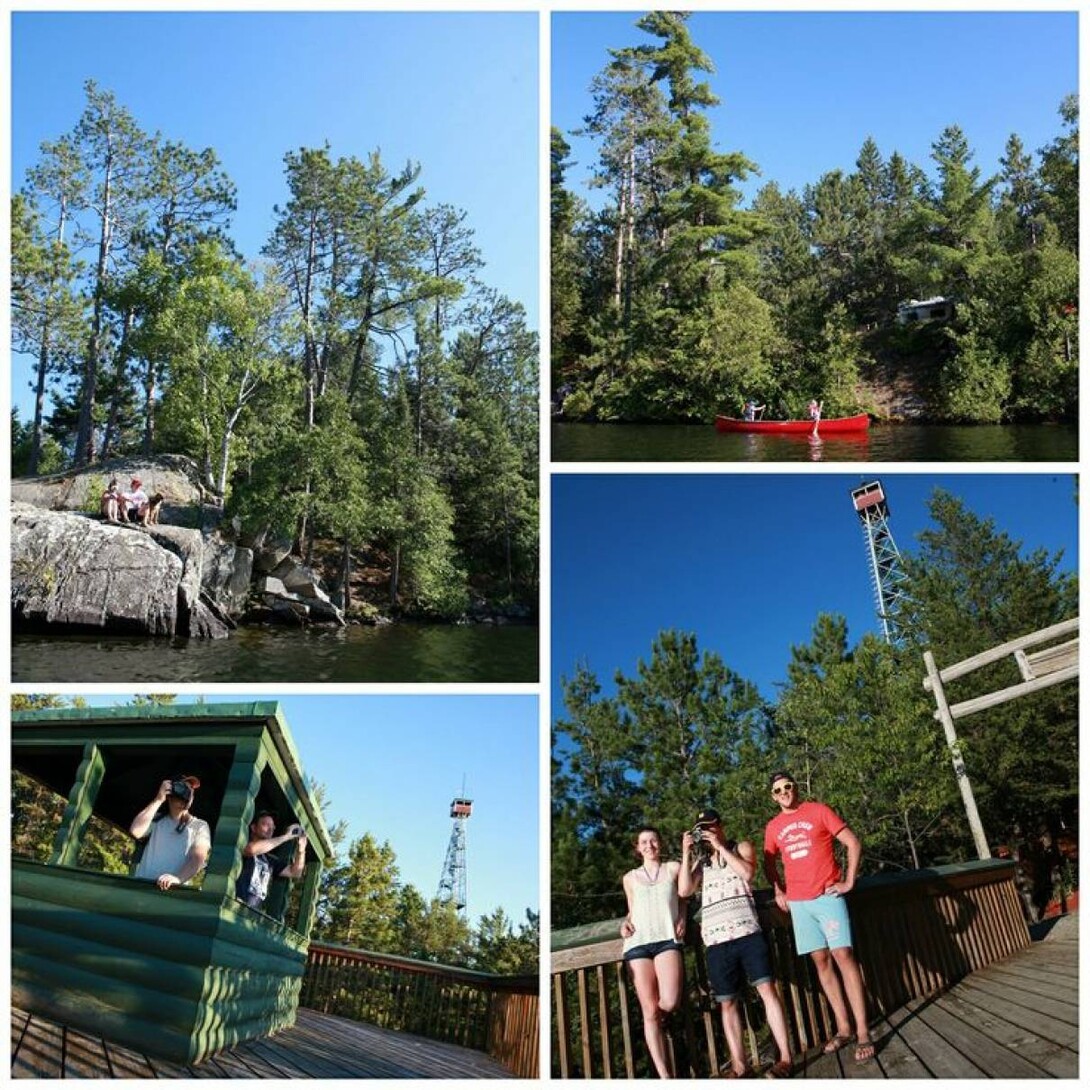
Exploring Beyond the Tower: The Story of Grey Owl and Red Squirrel Road
It's easy to pass by the many logging roads in Northern Ontario without giving them a second thought, but it's worth remembering that each one tells a story. One of these in particular, called Red Squirrel Road, reflects a long-standing heritage—it's a few kilometres north of Temagami on Highway 11 and it's worth the detour (see the map at the end of this article).
On September 18th, 1989 a few hundred locals and naturalists blockaded the Red Squirrel Road at Wakimika Creek Bridge to protest potentially destructive logging practices. The non-violent protest ended in over 300 arrests (including that of future Ontario Premier, Bob Rae). This date was notable in Temagami (and Canadian) history for another reason: it marked the centennial of the birth of one Archibald Stansfeld Belaney, a man whose exceptional (and controversial) life ensured he would go down in history—though not by the name he was born with. He would be remembered as Grey Owl.
An Imposter & Nature Lover
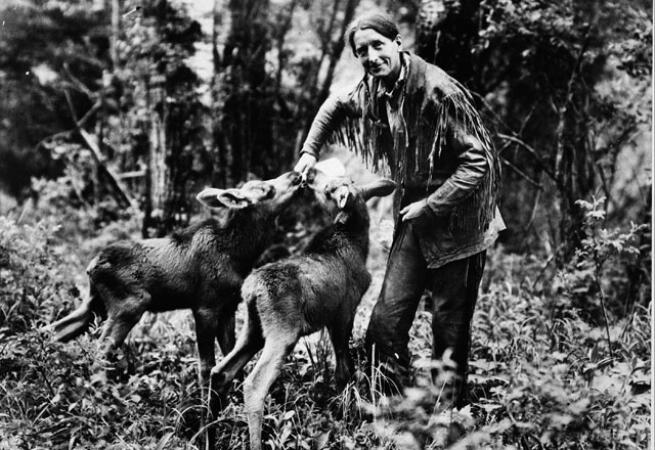
Grey Owl had great passion for the wilderness. He was also a great impostor. He came out of the Temagami wilderness as a trapper/guide/forest ranger to win international fame as the author of some of the best nature books ever written. He used his fame in the early 1930s to champion the preservation and protection of the Canadian wilderness. His stories in Tales of an Empty Cabin, published in 1936, and a 1937 film on his adventures, promoted the values of canoe tripping.
Grey Owl created the persona of being aboriginal, and cared about the Ojibwe culture and traditional link with the land. He told the world, through four books and extensive lectures, about his Ojibwe heritage. Within hours of his death, April 13, 1938, the mask of secrecy was removed and his English roots as a full blooded, educated, white man were finally uncovered. He was an eccentric, an unusual breed, who had adopted beliefs and dress to meet his goals. A reporter for the North Bay Nugget, Britt Jessup, had actually written a newspaper story several years prior to Grey Owl's death, but the revealing story was never published until the day after he died, out of respect for his accomplishments.
Today, the Temagami wilderness remains controversial. If you examine Grey Owl's legacy you see the threads that eventually lead to the infamous standoff at the Red Squirrel Road. Driving this road to a destination will help you understand how passion and protest helped preserve this wilderness.
But Grey Owl leaves behind more than a myth. He leaves us his writings—the evidence that makes the disputed area so important to the Teme augama Anishnabai (Bear Island Indian Band), the lumber industry, tourist operators, permanent and seasonal residents.
The Major Players
A look at the turn of the century will help explain the evolution of the participants mentioned in Grey Owl's comments about the Temagami area.
The long-established Ojibwe people started to trade in furs at the Hudson Bay trading outpost, started in 1834, to stem the tide of independent traders that were threatening the company's monopoly. The Bear Island Trading Post was established in 1875/76, closer to the centre of Lake Temagami.
To the south, the logging operations of J.R. Booth and the Gillies Brothers had started cutting pulp in the area of the Sturgeon River valley and to the east near Lake Temiskaming. On the east, William Milne and Sons Lumber Company of Trout Mills (Trout Lake North Bay) would soon benefit from cutting along the proposed rail line of the Temiskaming and Northern Ontario Railway chartered by the provincial government in 1902.
The recreation potential in the early 1900s was recognized not only by railway promoters, but in a provincial government publication entitled Northern Districts. It states, "from a picturesque point, the finest lake in America," and "it appears to have the makings of an ideal summer resort in it," (Hodgins). It was an accurate prediction of the future. The development of many children and adult camps, along with resorts, soon provided another economic component for the Temagami area.
Copper and nickel developments in the Sudbury mining basin and the silver boom from 1901 to 1911 in nearby Cobalt resulted in the area being extensively surveyed and prospected.
When a 17-year old Archie Belaney arrived in 1907, the roots of all the above groups were at different stages of development, with an evolving impact that did not come to a head until 1980s. In 1907, the natural resources of the Temagami area were being utilized, but without conflict.
In the year of Archie's arrival, survey crews were busy laying out a townsite at the northeast arm of the lake, and leases for summer resort purposes were being approved by the government. Temagami Lodge, opposite Bear Island, was being constructed to accommodate rich, and predominantly American tourists seeking a wilderness experience. This enterprise was to give Indians employment, while making their life more comfortable.
The Evolution of Grey Owl
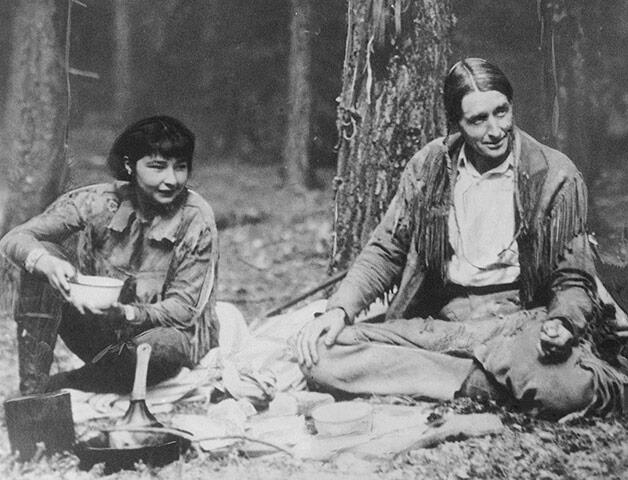
Archie Belaney had come here to fulfill a dream of becoming Ojibwe and what he saw was a threat to his romantic dreams of living with them in isolation. He adopted the aboriginal way of life, married an aboriginal woman, Angele Eguana, and made every attempt to assimilate to their culture. But their hunting and fishing grounds were not protected by law. What he saw was an eventual loosening of the cohesiveness of the traditional native ways. It was these developments that drove him away from the area to Biscotasing (southeast of Chapleau) and eventually to emerge into the public eye as a writer and conservationist.
What Grey Owl tells us are the truths that this area has a diverse composition of natural resources important to many people, in many different ways. It's a story with a beginning, but without an end: the Ojibwe continue to negotiate for the land, searching for solution that will satisfy all who cherish and use the Temagami area. When you visit, you will know why it remains a special area. You will likely see and feel some of what Grey Owl felt, and you will want to return.
Access
The Temagami Fire Tower
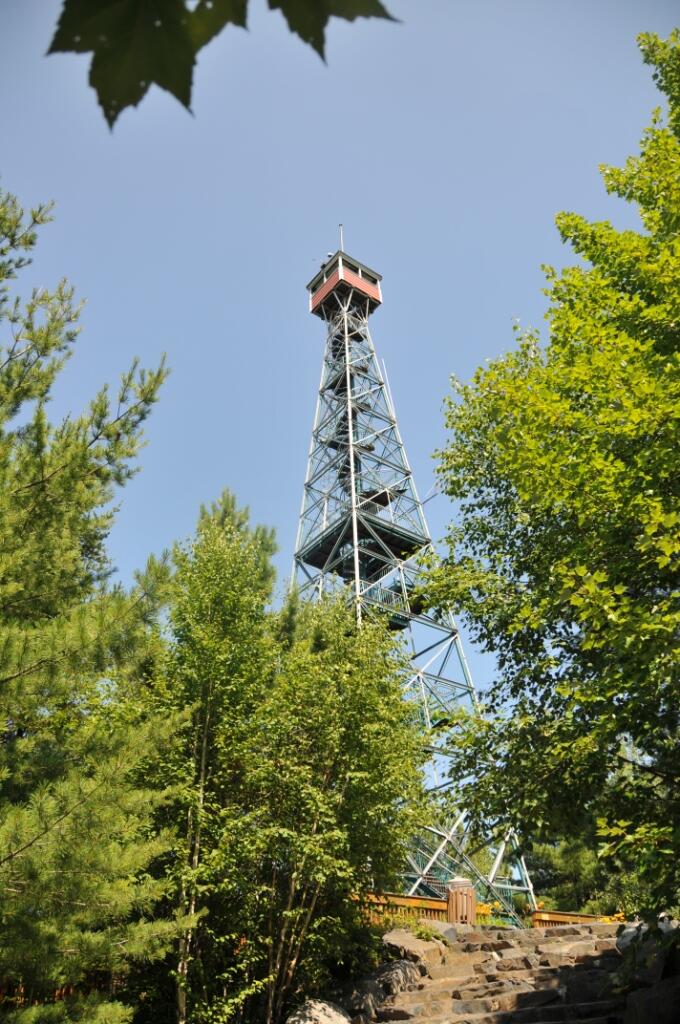
Heading North on Highway 11, turn east (right) on O'Connor Drive just before the Railway Station.
At the end of O'Connor Drive, turn right on Jack Guppy Way, and follow it until you reach a parking lot and log building. Signs will direct you to Temagami Fire Tower, and White Bear Forest trails.
Recommended Articles
The Seven's Best Hikes, Biking Trails and Lakes

7 Best Spots to Check Out in The Seven

Budget Bliss: Explore Northeastern Ontario Without Breaking the Bank

Bring Your Fam!

Time to Unwind: 6 Spa Havens to Discover In The Seven
5 Amazing Places to SUP in Northeastern Ontario
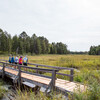
5 Amazing Bike Rides to Discover

Northern Lights in Northeastern Ontario

Northeastern Ontario's Best Pride Festivals

Fish for one of the World's Rarest Species of Trout
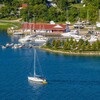
An Insider's Guide to Manitoulin Island
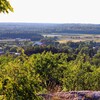
6 Small-Town Gems to Explore in Northeastern Ontario

11 Best Things to Do in Kapuskasing, Ontario




